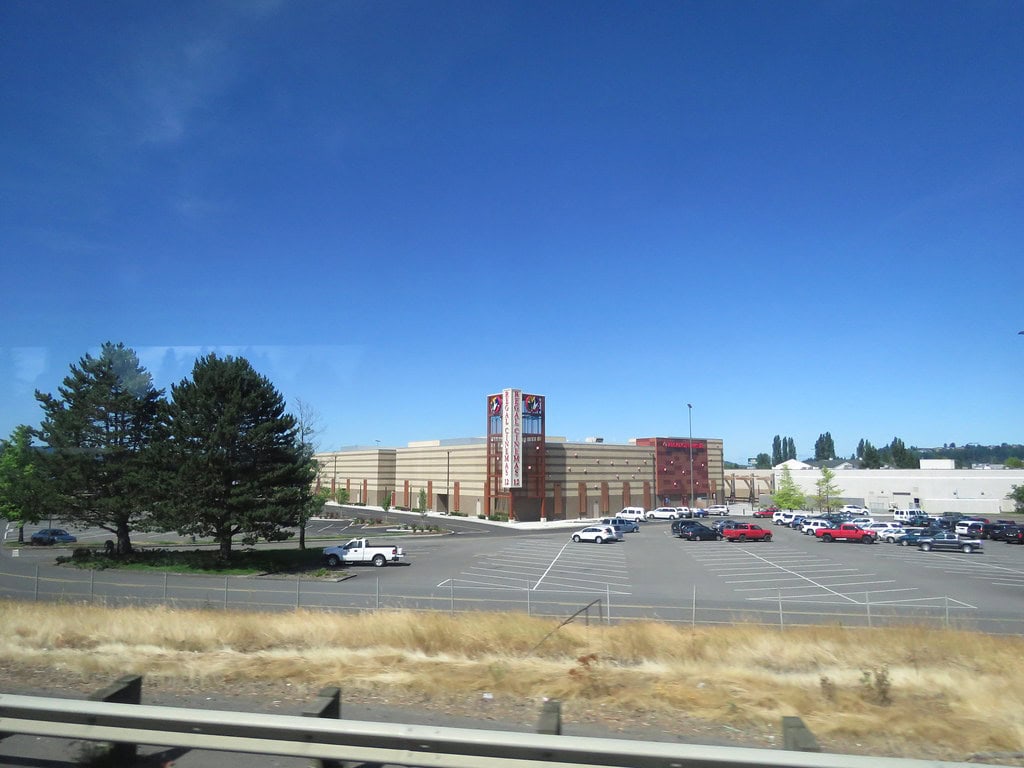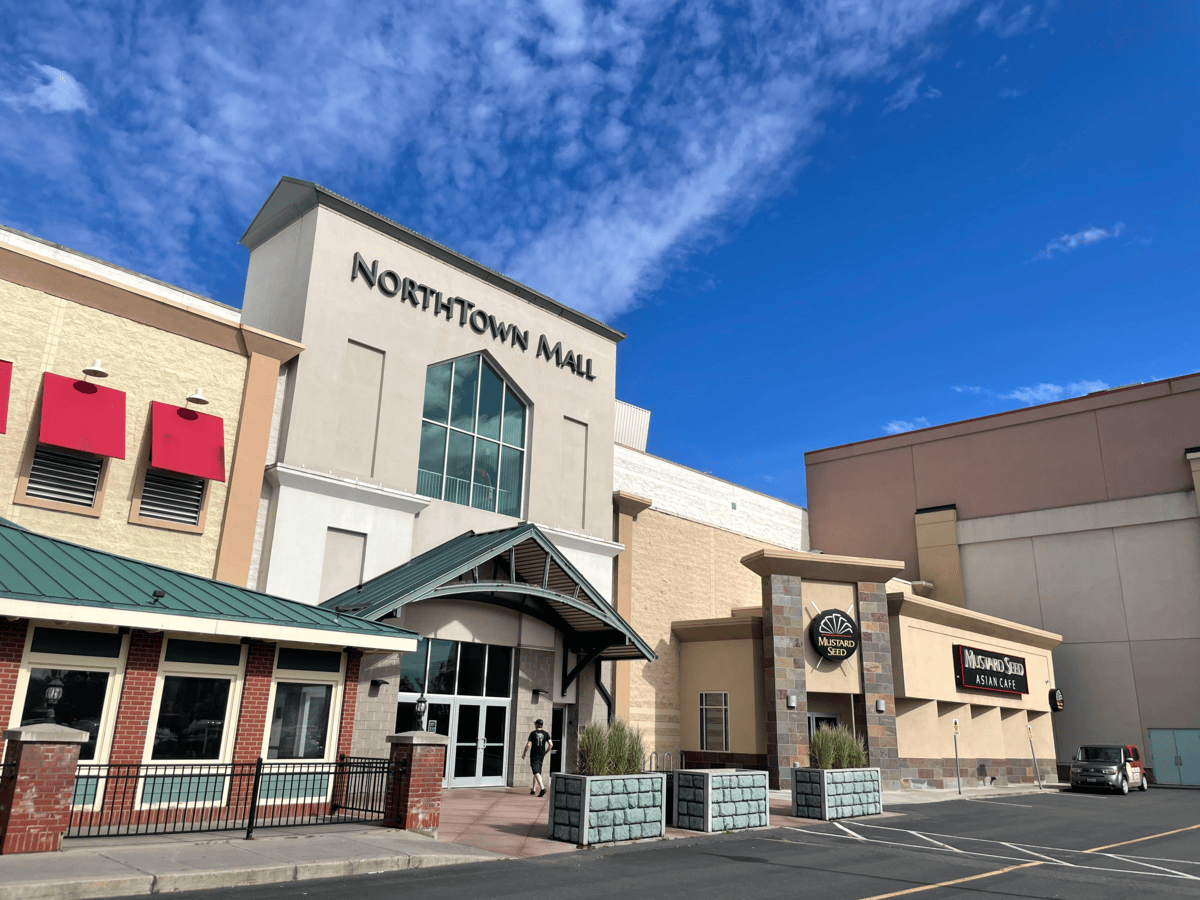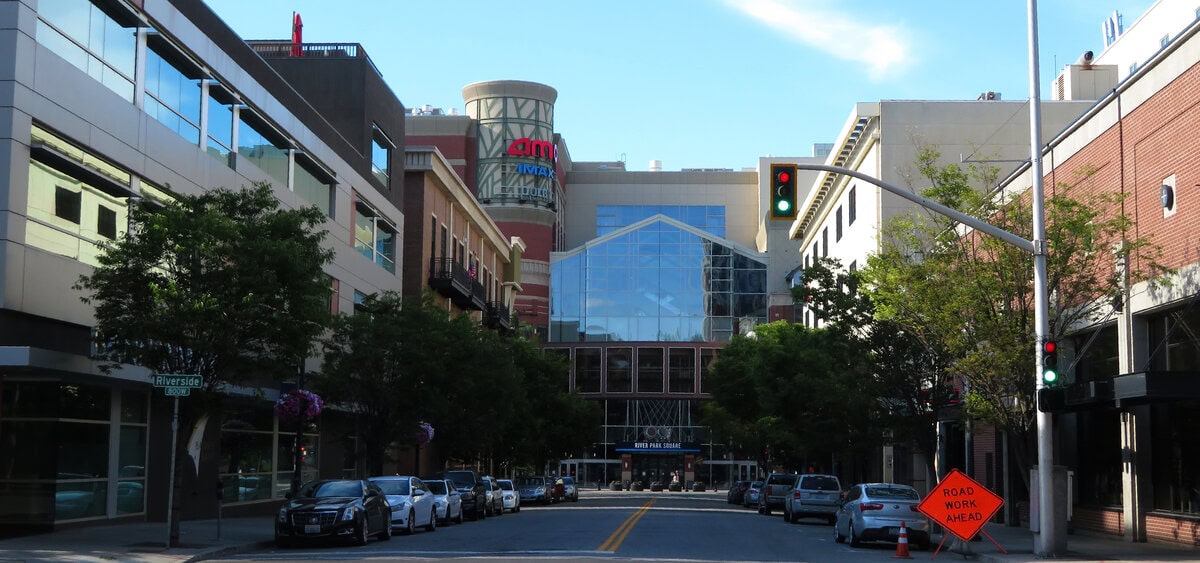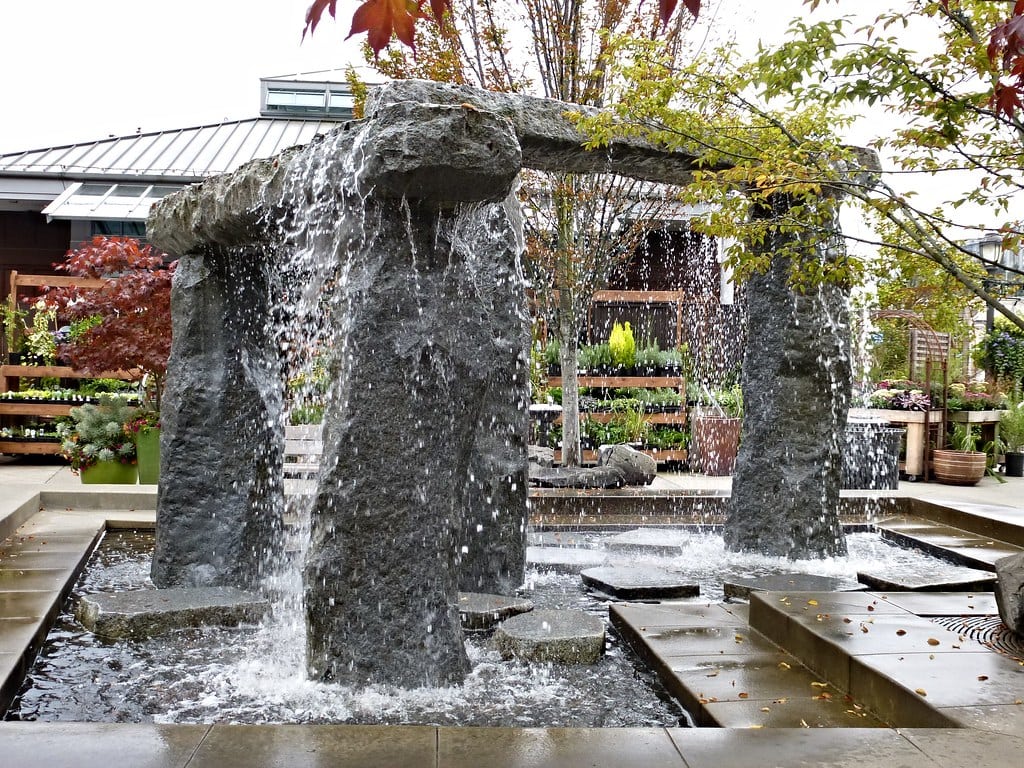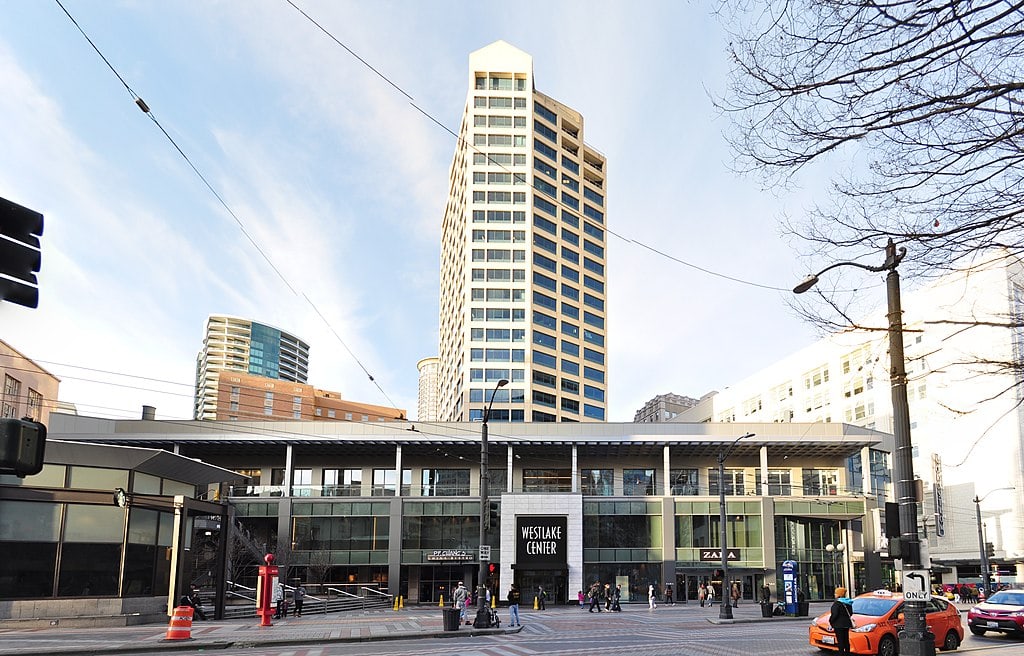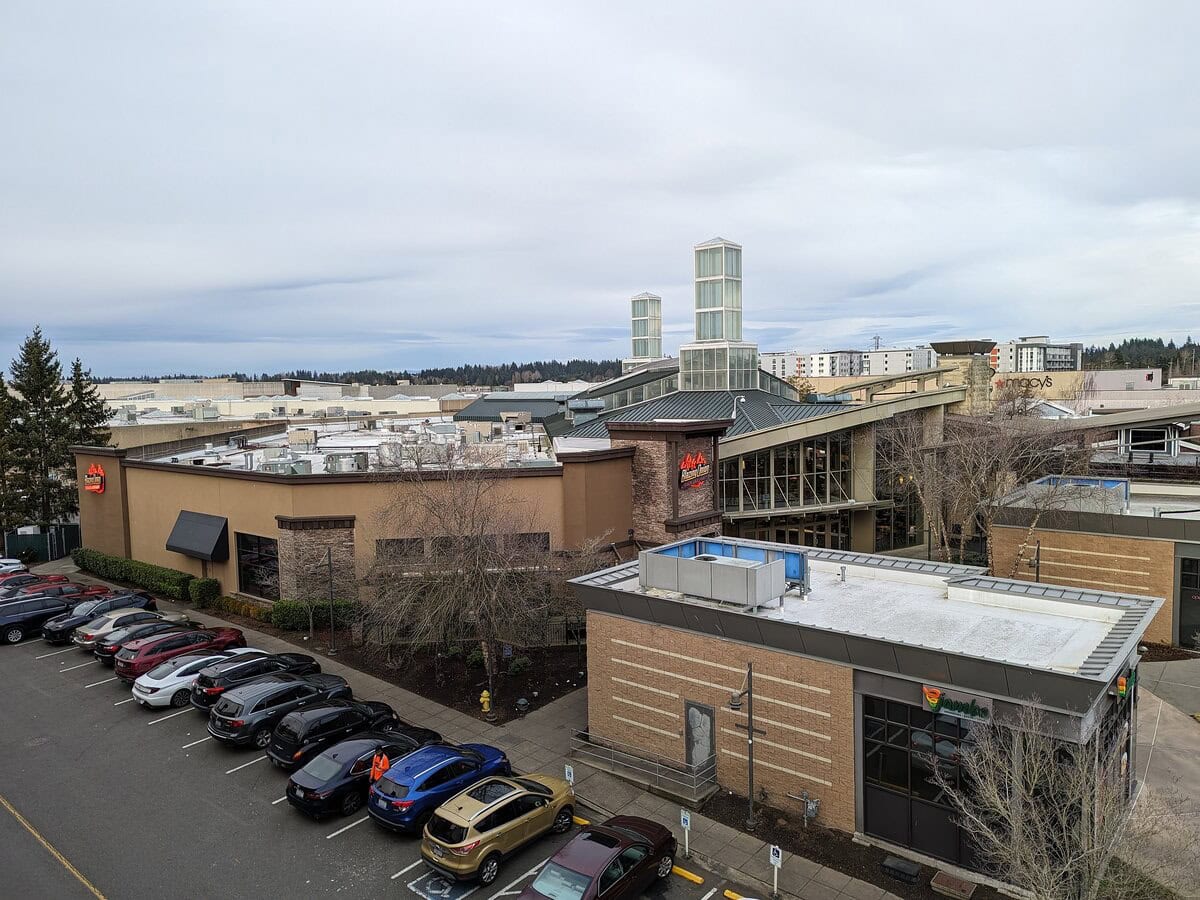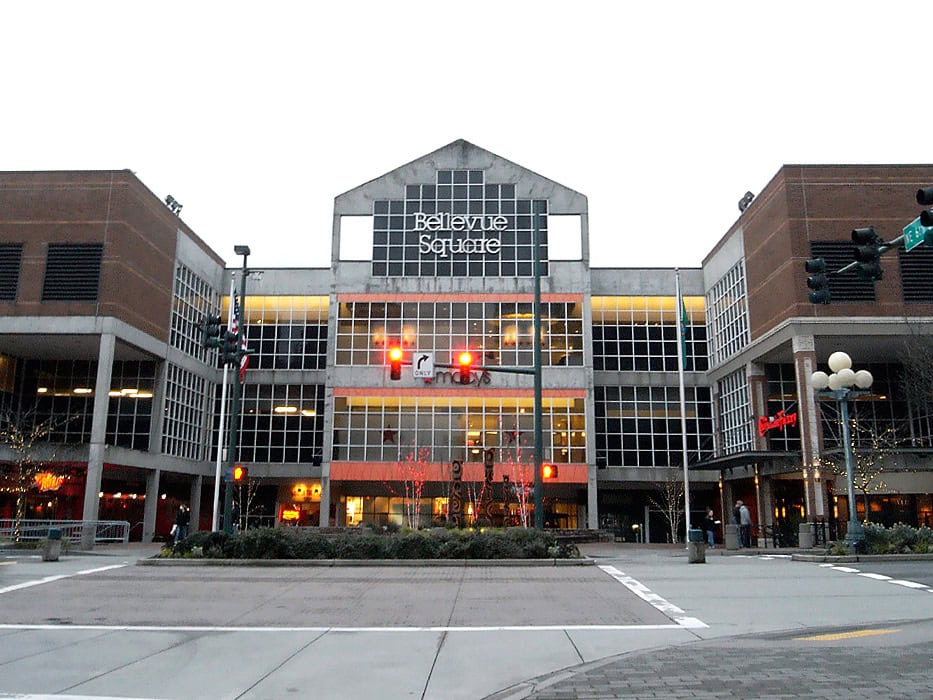The Falls and the Promise
At the edge of Tumwater Falls, where the Deschutes River turns white and cold before it meets the sea, a German immigrant saw opportunity.
Leopold Schmidt had traveled from Montana in 1896 when he heard of artesian springs near the small lumber town south of Olympia.
He tasted the water, felt its chill against his tongue, and said it was the finest he had ever known.
That water would become the soul of Olympia Beer.
Schmidt built his first wooden brewery beside the falls, powered by the same current that shaped the valley.
The first barrels rolled out that year, labeled with a simple name: Capital Brewing.
Within six years, he renamed it Olympia Brewing Company, built a six-story brick brewhouse, and began repeating a slogan that would define both the beer and the place it came from: "It's the Water."
The Old Brewhouse rose above the trees like a cathedral to industry, its copper kettles glowing through tall arched windows.
Workers in overalls walked to the site from nearby cottages, crossing the bridges over the falls at dawn.
The air carried the smell of malt and yeast mixed with the damp scent of cedar.
In those early years, the brewery was more than a business.
It was a promise that this quiet corner of Washington could make something good enough for the world to notice.
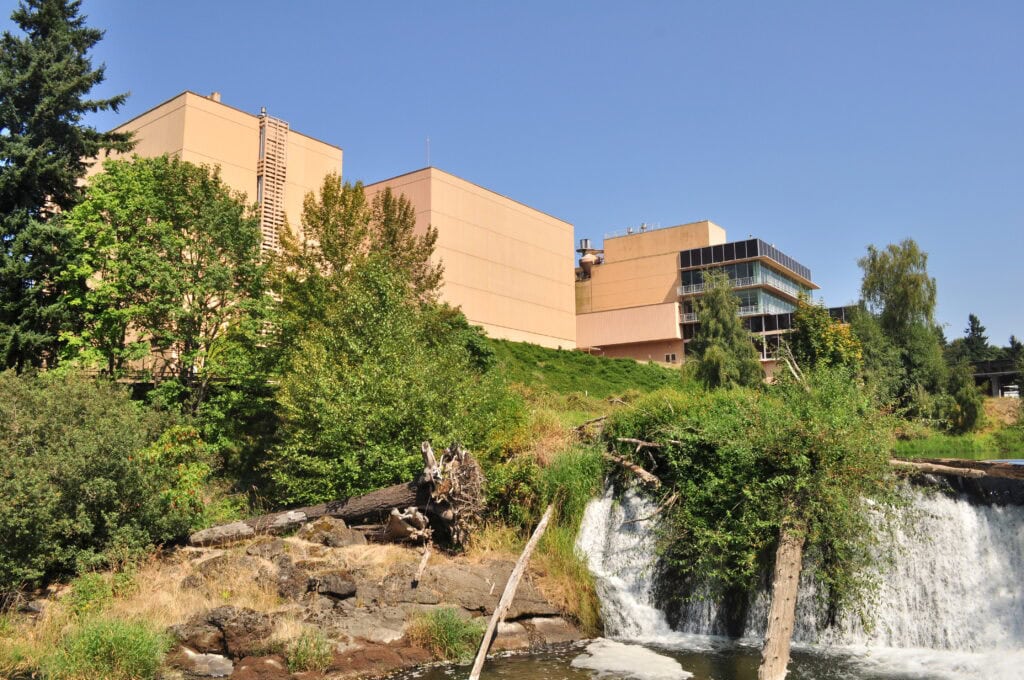
The Silence of Prohibition
In 1916, Washington outlawed alcohol four years before the rest of the country.
The taps ran dry, and the Old Brewhouse fell silent.
Schmidt and his sons tried to keep the lights on by bottling soft drinks and malt syrup.
They made near beer and something called Applju, a sweet apple drink they hoped would carry them through.
But the market collapsed, and the Schmidt family sold the property. For years, the brewhouse sat empty.
Ivy climbed the brick walls, and water still thundered below, waiting for its return to the vats.
By the time Prohibition ended in 1933, the Schmidt family had a plan. They would not reopen the old plant.
Instead, they built a new one on higher ground, with modern stainless tanks and an Art Deco style that signaled rebirth.
When the first case of post-Prohibition Olympia Beer was shipped in January 1934, Tumwater celebrated.
The company called it the "new brewery," but everyone in town knew it was the same dream rising again, this time stronger than before.
The Golden Years
Olympia's comeback mirrored the optimism of the West after the Depression.
The beer was light, clean, and sold as a taste of the Northwest itself.
Advertisements showed waterfalls, pine forests, and fishermen holding cold bottles to the light.
By the 1950s, Olympia was a household name from California to Montana.
The company built its own glass plant, malt house, and cooperage.
It was a world unto itself, employing hundreds and drawing tourists who came to see how the water became beer.
By 1976, the brewery reached its peak.
More than 6.6 million barrels were left in Tumwater that year, making Olympia one of the largest independent brewers in America.
The Schmidt family had built an empire on the purity of artesian wells, a word that sounded both scientific and romantic.
Visitors to the plant followed catwalks over gleaming tanks and watched conveyor belts carry bottles through foaming lines.
Each one left stamped with a promise that seemed eternal.
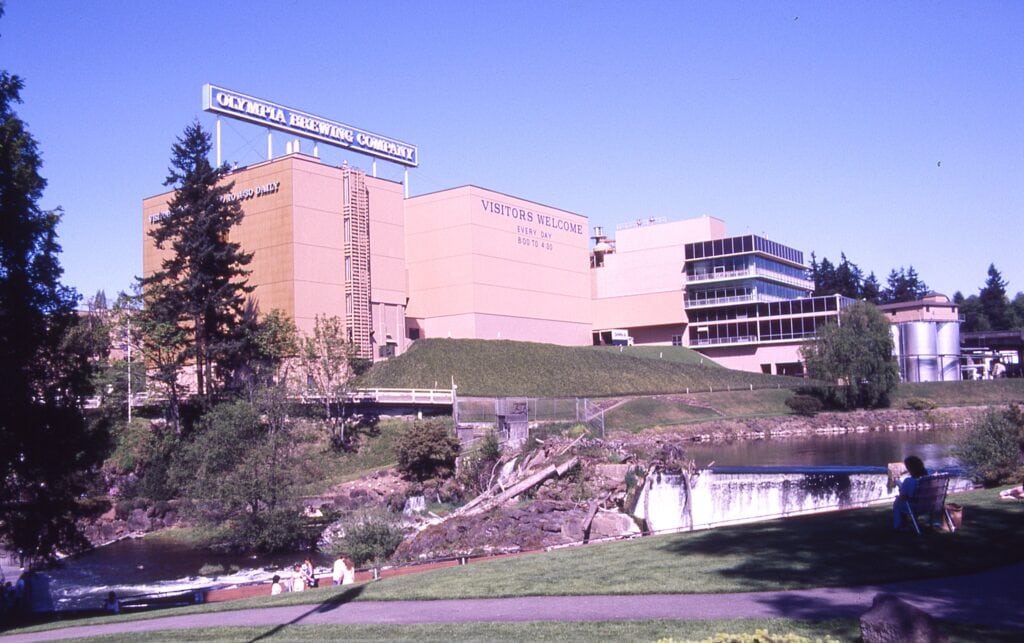
The Changing Hands
But the brewing world was changing. National chains were merging, building vast plants closer to their markets.
Olympia stayed loyal to Tumwater, and that loyalty came with costs.
In 1983, after nearly nine decades of family control, the Schmidts sold the company to G. Heileman Brewing of Wisconsin.
The new owners kept the brand but folded operations into a web of corporate deals that soon tangled.
By 1996, Heileman fell to Stroh Brewing, and three years later, Stroh sold Olympia to Pabst.
Production in Tumwater passed to Miller Brewing, which handled the actual brewing and distribution.
Inside the brewery, workers who had been there since high school watched the logos change on their pay stubs.
The beer still said "Olympia," but fewer of its ingredients came from Washington.
The company still advertised the famous water, even as the artesian wells that had inspired it were capped and tested by state regulators.
By the late 1990s, the old optimism had thinned to something like nostalgia.
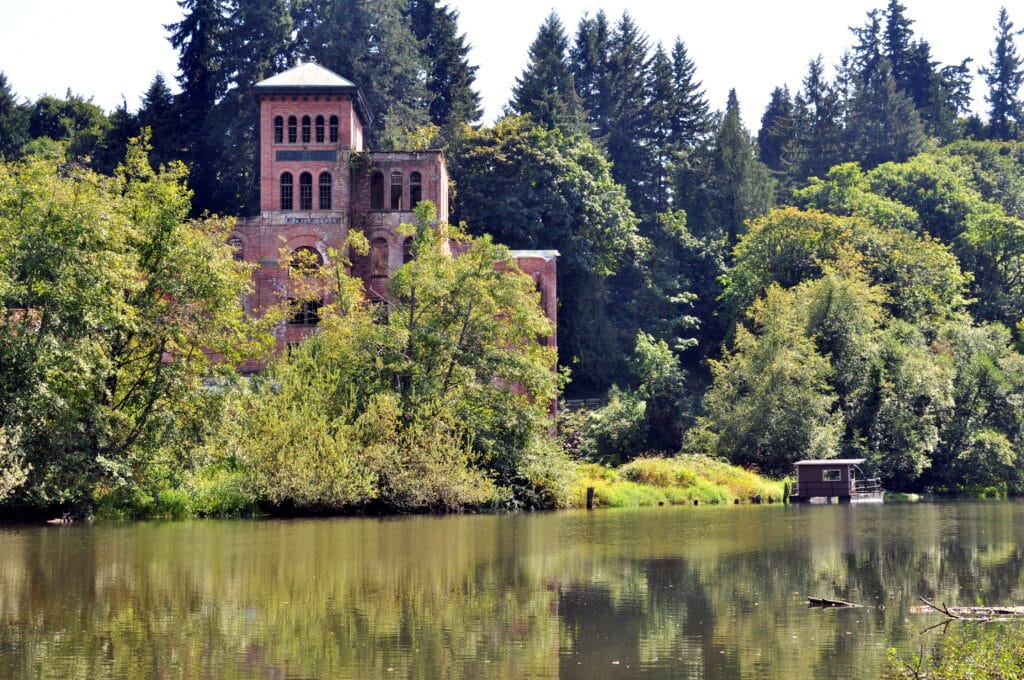
The Day the Kettles Cooled
On June 20, 2003, the last batch came off the line.
Miller announced the Tumwater plant would close, citing production costs and wastewater regulations.
Nearly 400 workers lost their jobs that day.
The gates locked, the kettles cooled, and the smell of yeast disappeared from the valley.
For the first time in 107 years, Tumwater was without its brewery.
People gathered at the falls, some with bottles they had saved for years.
They watched the river flow past the red brick towers and the silent modern plant above.
The Old Brewhouse, once a monument to progress, now stood as a memory.
The city would fight to save its water rights, eventually winning them in 2008.
Fires and vandalism would scar the empty buildings.
A transformer leak in 2019 would send oily chemicals into the river, another wound to clean.
But the idea of Olympia Beer never really left.
It lingered in old signs, in the echo of the slogan that everyone in town still knew by heart.
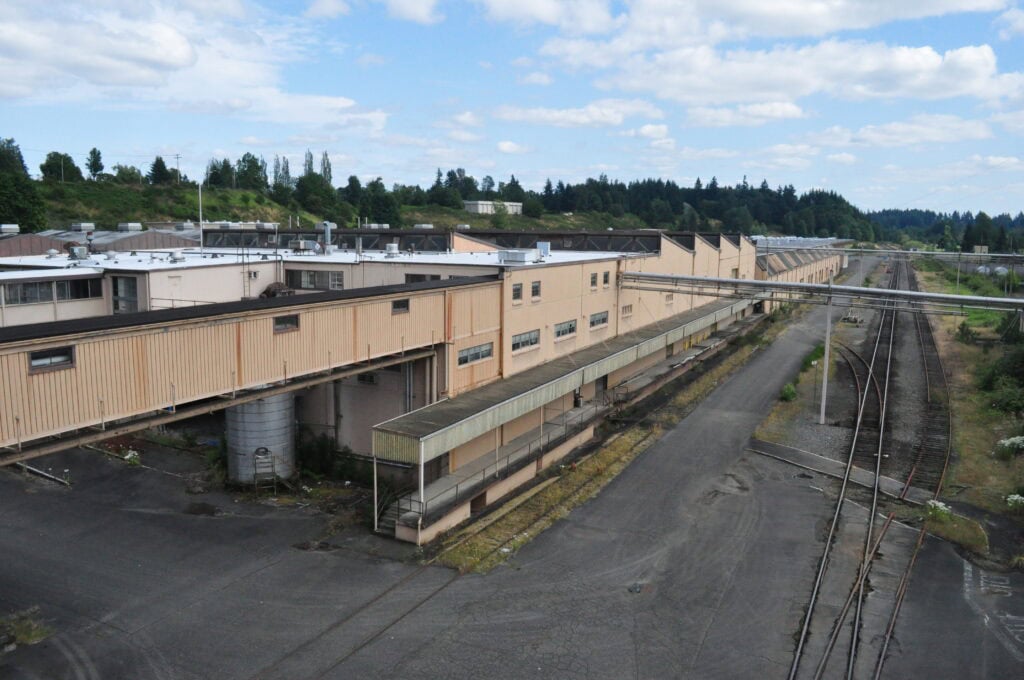
The Water and What Remains
Today, the brewery grounds are part of a larger plan called the Brewery District.
The vision is to turn the property into something new without erasing what came before.
Developers talk about apartments, shops, and trails that follow the river's bend.
The Old Brewhouse is under repair, its roof stabilized, its brickwork cleaned.
A new History and Nature Center is planned at Brewery Park at Tumwater Falls, where visitors will learn about the salmon that return each year and the beer that once carried Tumwater's name around the world.
The Olympia brand survives under Pabst, brewed elsewhere, the taste now distant from the springs that inspired it.
But when locals walk the trail and hear the water rush through the basalt gorge, they say they can still smell the malt.
The river hasn't forgotten.
It runs the same course Leopold Schmidt followed in 1896, when he bent down, cupped the water in his hands, and found something worth building a life around.


